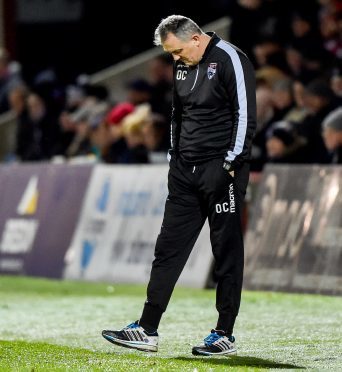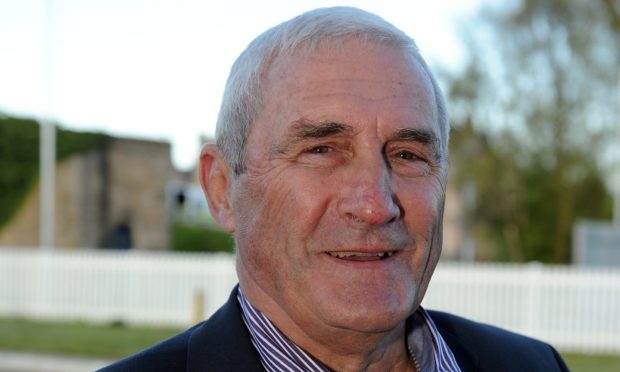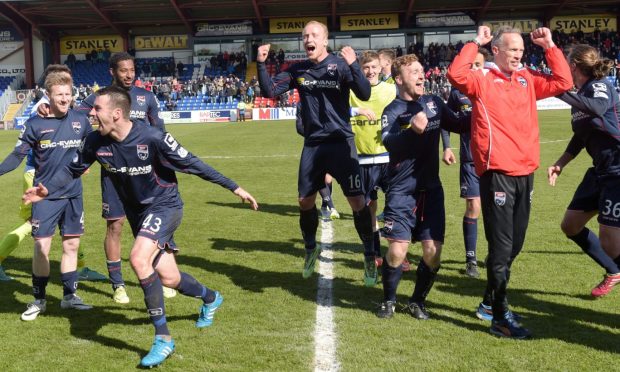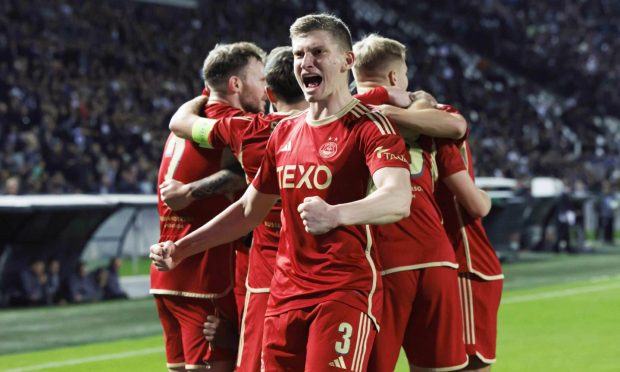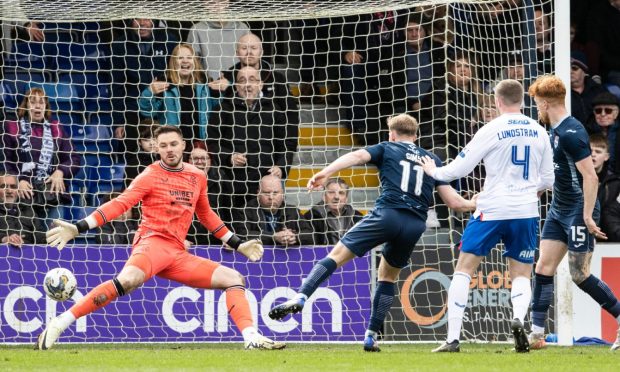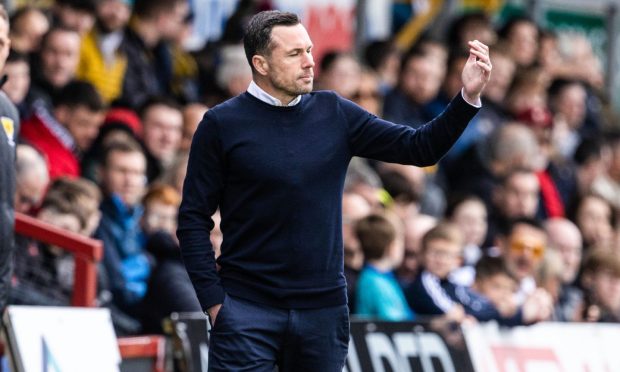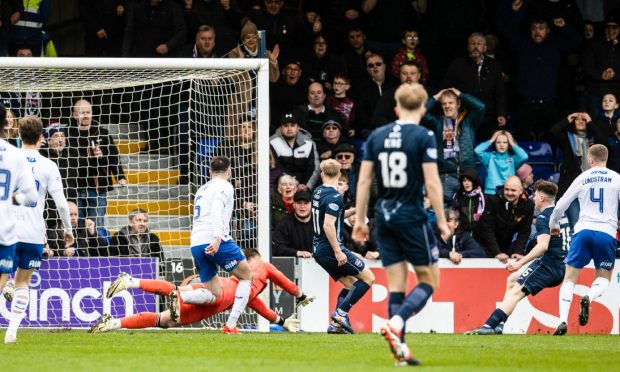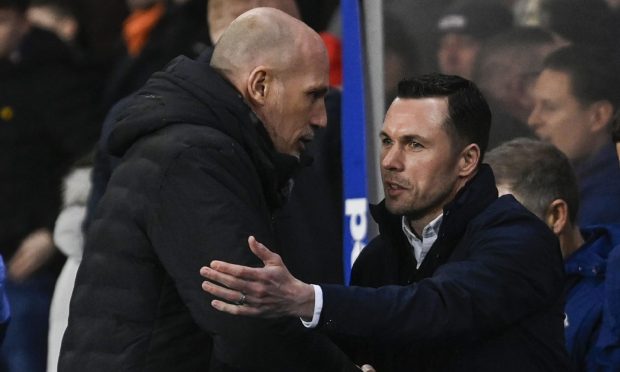The timing of a managerial change can often be the cause of much puzzlement, but rarely more so than in the case of Owen Coyle.
There was no reason to believe anything was amiss as Coyle maintained his immaculate time-keeping by arriving for his usual 9.45am Thursday press briefing full of his usual enthusiasm ahead of a potentially season-defining match.
The interview felt like business as usual ahead of the visit of Partick Thistle, with Coyle upbeat about the Staggies’ chances of getting the win they needed to lift them off the bottom of the Premiership table.
That optimism of his has never wavered throughout County’s struggles – and nor did it on this occasion.
That the quit announcement was made less than 48 hours before the game against Thistle – which he earlier in the week labelled the club’s biggest of the season – raises even more questions.
County were dire in Coyle’s final game against St Johnstone last Saturday but why wait until this late in the week to resign?
It has been a brief, but far from enjoyable period back in Scotland for Coyle, whose tenure at Dingwall will inevitably be considered yet another setback in a career that has fallen spectacularly from the promise it showed when he guided Burnley to England’s top flight nine years ago.
In just 22 games in charge he lost 13, with five draws and only four victories. Compare and contrast that to the effect another former Premier League manager, Steve Clarke, has had in reviving Kilmarnock’s fortunes and there is no doubt Staggies chairman Roy MacGregor will be disappointed with how things have materialised.
Upon his unveiling after replacing the sacked Jim McIntyre, Coyle spoke of his belief that a productive relationship with MacGregor was in the offing, which he felt was the key to reviving his own career following short-lived spells with Wigan Athletic, Houston Dynamo and Blackburn Rovers.
The roots of that began in 2000 when former striker Coyle spent a short loan spell on loan at County from Dunfermline in his first encounter with MacGregor.
Coyle spoke highly of his brief period in the Highlands and after getting the desired new manager bounce, which started with a 2-0 win at Kilmarnock in the first of three victories from his opening six games, all the signs pointed to a rosy future.
The struggles began to creep in as 2017 drew to a close however, as County repeatedly tried and failed to get out of the winless habit which saw them prop up the table come the winter break.
No fewer than 13 matches passed without victory following a triumph over Motherwell on November 4, a run that was finally snapped nearly three months later in spectacular style courtesy of a 4-1 win over Dundee.
By that stage County had undergone something of an overhaul, as Coyle was given the licence to make the changes he felt would keep the club in the top flight.
Seven players arrived in the January transfer window, in addition to the capture of Chris Eagles in November, but the general feeling among County supporters seemed to be one that they were far from convinced things were clicking or were ever going to.
The Dundee result was followed by another promising display in a 1-1 draw against Hearts, but it all felt like it was back to square one again after last Saturday’s loss against Saints.
It was the nature of defeats of that ilk, along with those by the likes of Partick Thistle, Hamilton Accies and previously at home to Dundee, that was most galling for the supporters.
The Staggies appeared to lack the battling qualities required for the relegation dogfight – qualities which were there for all to see when McIntyre steered them out of trouble three years ago.
County need another run like that to prolong their top-flight journey, which will now continue for at least another 10 matches without Coyle.
Nobody will be more disappointed than MacGregor, who is back to where he started following his own judgment call on McIntyre.
